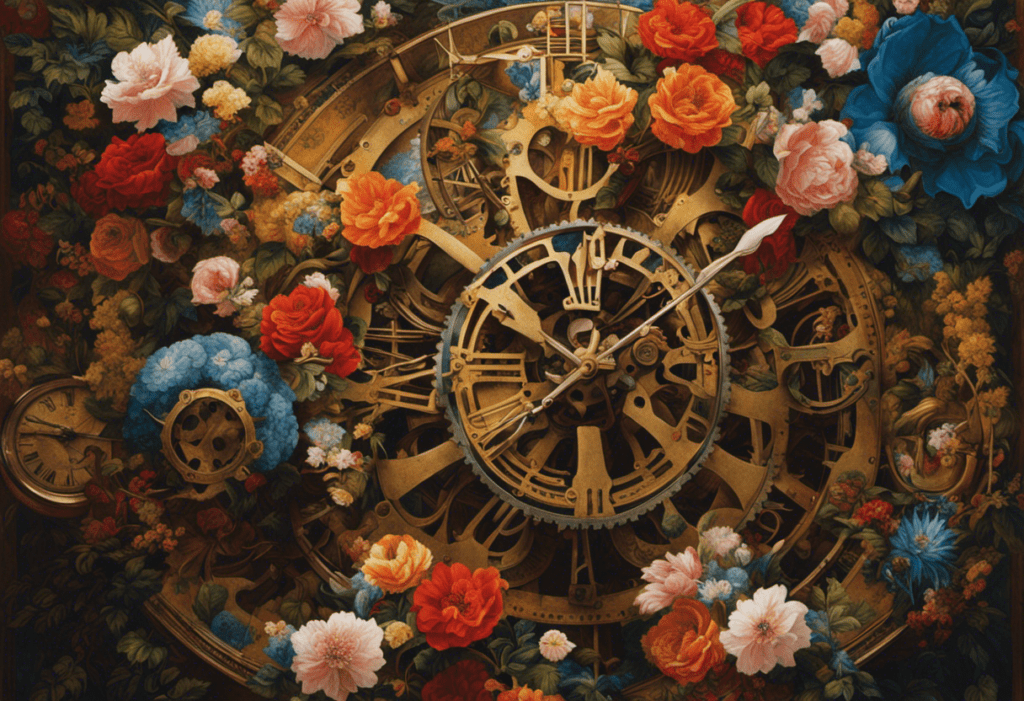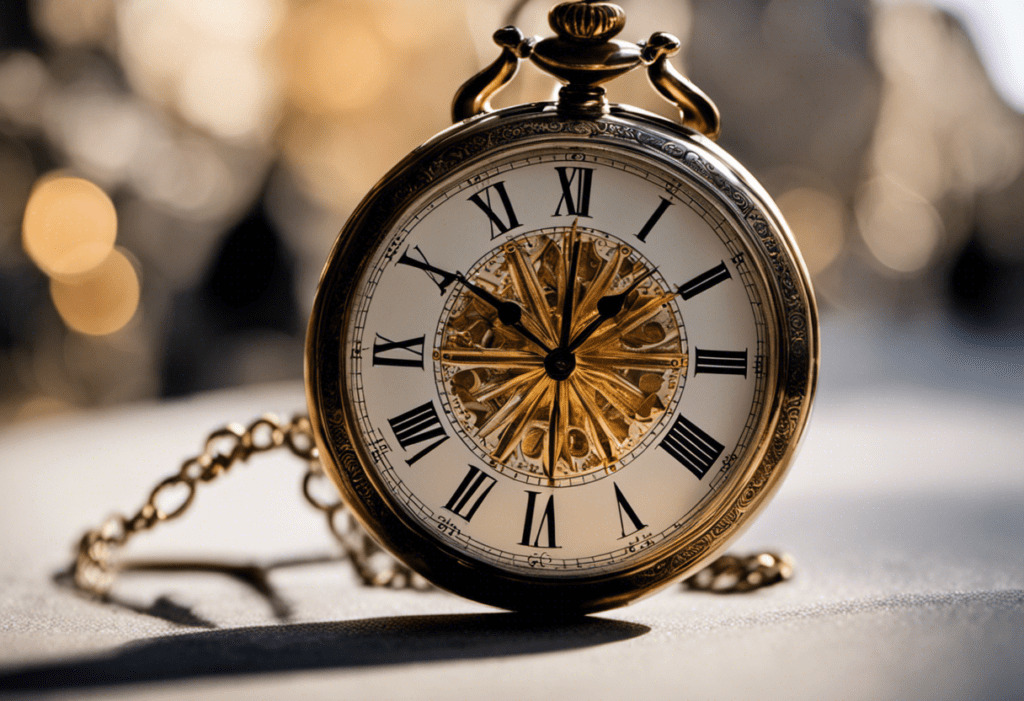Immersed in the annals of history, the French Republican Calendar emerges as an enigmatic relic of the past, evoking images of a bygone era. In this article, we delve into the revival attempts of this unique calendrical system, tracing its historical background, exploring the initial 19th-century endeavors, and examining the modern resurgence of interest.
Through an analytical lens, we confront the challenges and criticisms entwined with reviving the French Republican Calendar, while also unraveling its contemporary applications and implications.
Key Takeaways
- The French Revolutionary Calendar was implemented during the French Revolution in 1793, introducing decimal divisions, ten-day weeks, and new names for months and days.
- The calendar fell out of use after the fall of Napoleon Bonaparte but has seen a modern resurgence of interest among scholars and historians.
- Adopting the French Republican Calendar could promote secularism, equality, and a greater appreciation of the environment.
- There are challenges associated with adopting the calendar, including the widespread use of the Gregorian calendar and potential resistance from individuals and organizations accustomed to the current system.
Historical Background of the French Republican Calendar


The historical development of the French Republican Calendar can be traced back to the tumultuous period of the French Revolution. The French revolutionary period, characterized by radical political and social changes, also saw attempts to reform the calendar. The Gregorian calendar, which was in use at the time, was associated with the monarchy and the Catholic Church, both of which were targets of the revolutionaries. Therefore, there was a desire to create a new calendar that would reflect the ideals of the revolution and break away from the traditional religious and monarchical influences.
Calendar reform became a prominent issue during this period, with various proposals put forward by different factions. One of the most influential advocates for calendar reform was Charles Gilbert Romme, a member of the National Convention. In 1793, Romme presented a new calendar proposal to the Convention, which was eventually adopted. The French Republican Calendar, also known as the French Revolutionary Calendar, was officially implemented on October 24, 1793.
The new calendar was based on decimal divisions, with ten-day weeks called décades, and twelve months named after natural elements. Each month consisted of three décades, and the year started on the autumnal equinox. The calendar also introduced new names for the days of the week, which were inspired by agricultural activities and natural phenomena.
The French Republican Calendar was seen as a symbol of the revolutionary spirit and a way to break with the past. However, it faced challenges and opposition, particularly from religious groups and those who found it difficult to adapt to the new system. Despite these challenges, the calendar remained in use until 1806, when it was abolished by Napoleon Bonaparte.
Initial Revival Attempts in the 19th Century
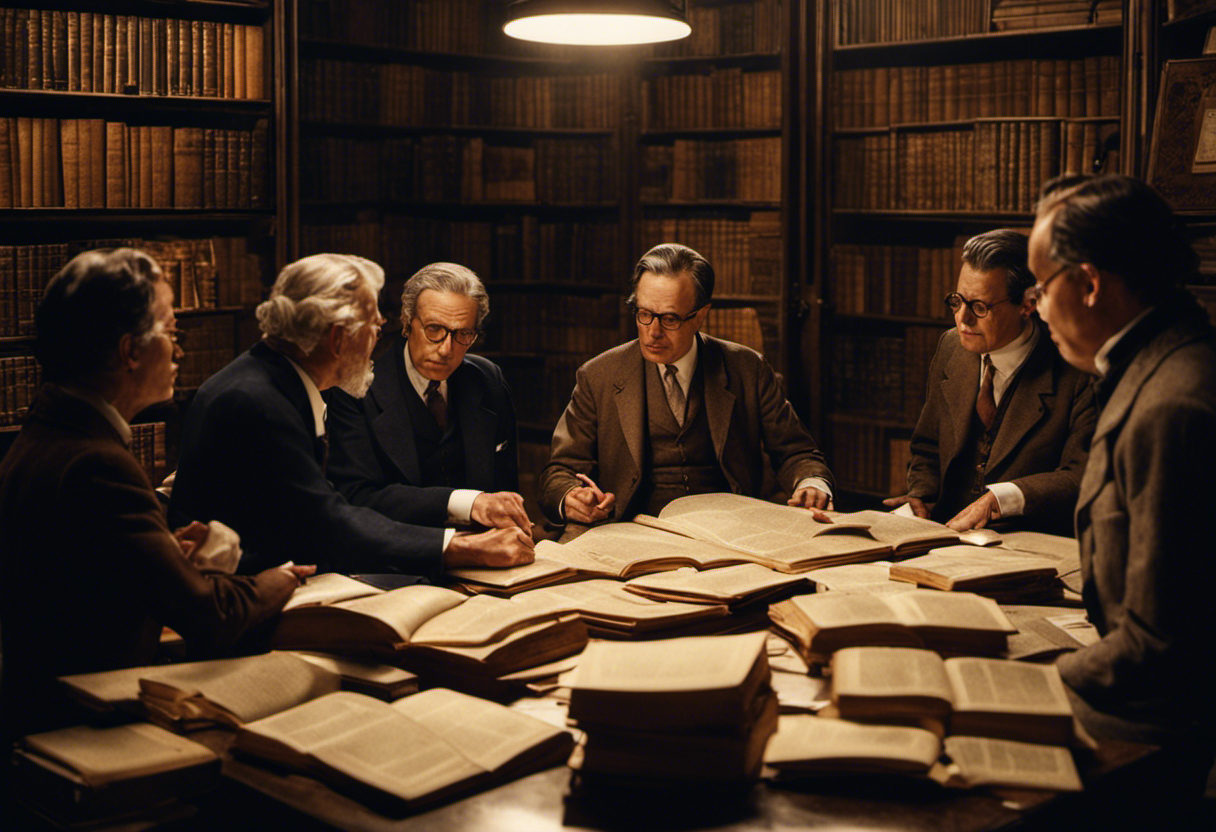

During the 19th century, there were several notable efforts made to revive the French Republican Calendar, reflecting a continued interest in its revolutionary ideals and desire for calendar reform. These revival movements aimed to resurrect the calendar system that was used during the French Revolution, which replaced the traditional Gregorian calendar with a new system based on decimal divisions and names inspired by nature and revolutionary symbols.
- The first revival attempt took place during the French Revolution itself, when the calendar was implemented from 1793 to 1806. However, after the fall of Napoleon Bonaparte, the calendar fell out of use and was replaced by the Gregorian calendar once again.
- In the mid-19th century, there was a renewed interest in the French Republican Calendar as part of a wider movement for social and political reform. Advocates believed that adopting the calendar would symbolize a break from the old regime and promote a more egalitarian and rational society.
- The cultural significance of these revival attempts cannot be overstated. The French Republican Calendar represented a revolutionary idea that sought to reshape timekeeping and dismantle traditional structures. Its adoption would have not only changed how people measure time but also challenged the established order and values of society.
Despite the efforts made during the 19th century, the French Republican Calendar ultimately failed to regain widespread acceptance. However, these initial revival attempts demonstrate the enduring appeal of the calendar’s revolutionary ideals and its cultural significance as a symbol of reform and progress.
Modern Resurgence of Interest in the French Republican Calendar
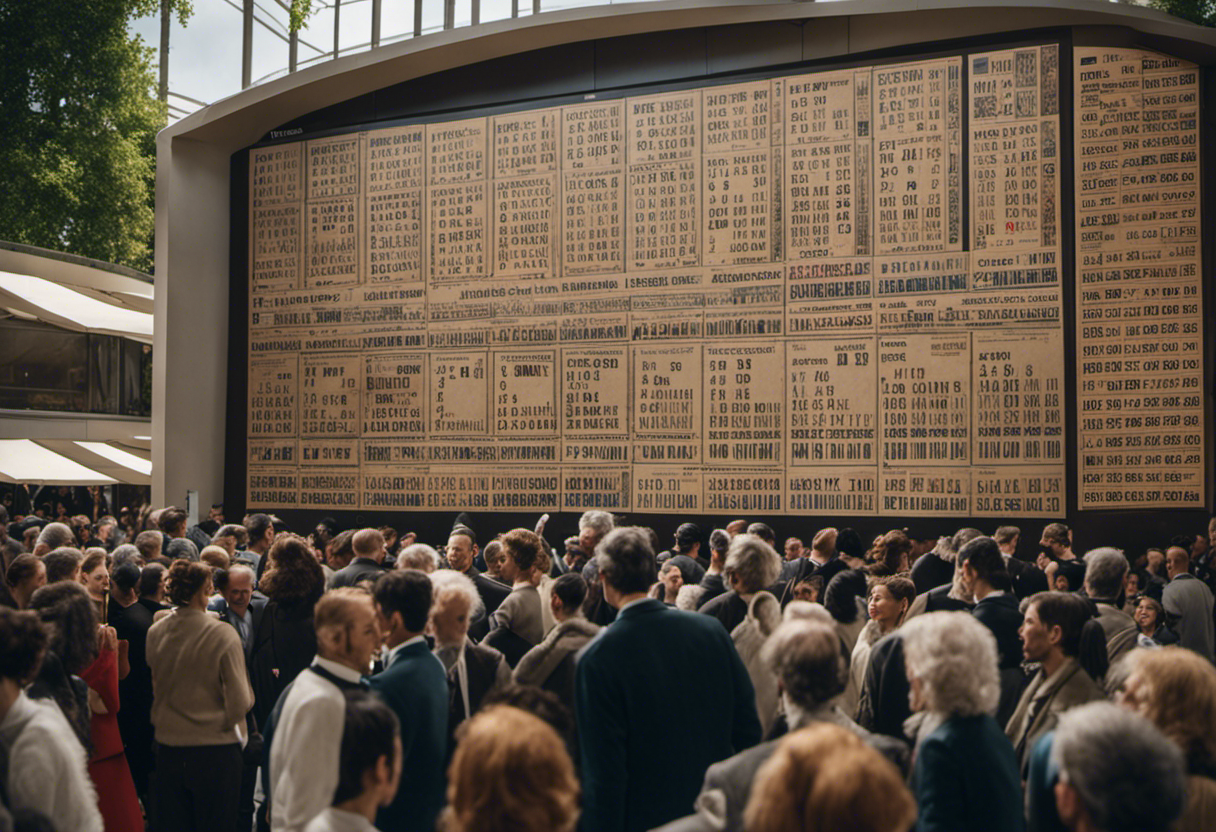

In recent years, there has been a growing interest among scholars and historians in exploring the potential cultural and historical significance of the French Republican Calendar’s revival. The resurgence of interest in the French Republican Calendar can be attributed to several factors.
One of the main reasons is the desire to understand and appreciate the cultural heritage of France. The calendar, which was in use during the French Revolution from 1793 to 1806, represents a significant period in French history and symbolizes the ideals of the revolution.
The modern resurgence of interest in the French Republican Calendar also stems from its unique and innovative structure. Unlike the traditional Gregorian calendar, the French Republican Calendar introduced a decimal-based system with 10-day weeks and new names for months and days. This alternative approach to timekeeping has attracted the attention of researchers who are intrigued by its mathematical precision and its potential as a tool for social reform.
Furthermore, the cultural significance of the French Republican Calendar’s revival extends beyond academia. In recent years, there has been a growing interest among individuals and communities in adopting the calendar for personal and cultural reasons. Some see it as a way to reconnect with France’s revolutionary past, while others appreciate its simplicity and logical design.
The resurgence of interest in the French Republican Calendar reflects a broader trend of rediscovering and reevaluating historical traditions and cultural practices.
Challenges and Criticisms of Reviving the French Republican Calendar
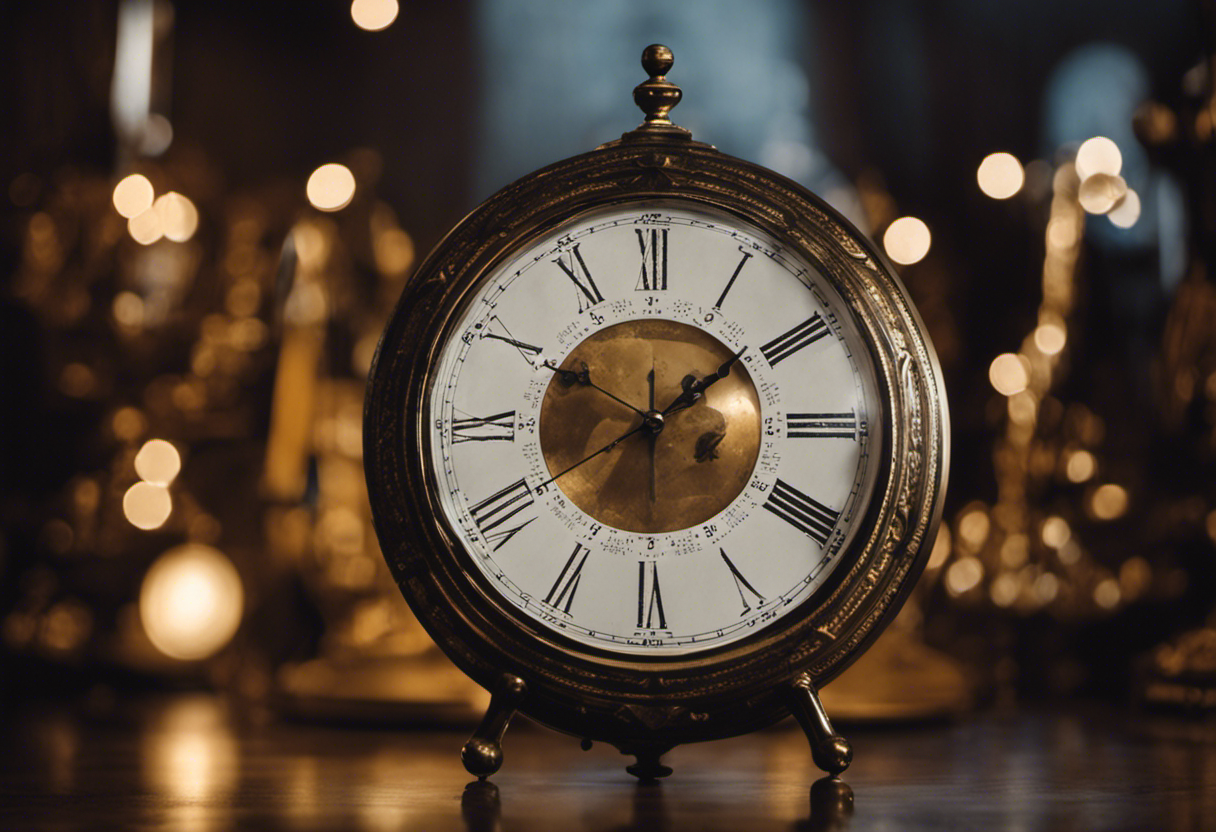

Despite its historical significance and unique structure, reviving the French Republican Calendar faces several challenges and criticisms that need to be addressed.
The public perception of the calendar is one of the key challenges. Many people are unfamiliar with the French Republican Calendar and may view its adoption as unnecessary or confusing. Additionally, there may be resistance from those who believe that the Gregorian calendar is deeply ingrained in our culture and should not be replaced.
Another challenge lies in the cultural significance of the Gregorian calendar. It is widely used and recognized internationally, serving as a common language for global communication and coordination. Any attempt to replace it with the French Republican Calendar would require significant adjustments and coordination across various sectors, such as business, travel, and international relations.
Furthermore, critics argue that reviving the French Republican Calendar may be seen as an attempt to erase or downplay the historical importance of the Gregorian calendar. The Gregorian calendar has a long-standing tradition and has served as a basis for organizing time for centuries. Some may view the revival of the French Republican Calendar as a rejection of this tradition and a disregard for historical continuity.
Contemporary Applications and Implications of the French Republican Calendar


Exploring the potential benefits and challenges of adopting the French Republican Calendar, while also considering its cultural and historical implications, is essential for understanding its contemporary applications.
The French Republican Calendar, introduced during the French Revolution, aimed to create a more rational and egalitarian system of time measurement. Although it was ultimately abandoned, the calendar continues to be of contemporary relevance and cultural significance.
One of the main contemporary applications of the French Republican Calendar is its potential to provide a more inclusive and universal system of timekeeping. By using decimal divisions and removing religious and historical references, it could be seen as a way to promote secularism and equality. Additionally, the calendar’s focus on nature and the seasons could contribute to a greater appreciation of the environment and sustainable living practices.
However, there are also challenges associated with adopting the French Republican Calendar in the present day. One major hurdle is the widespread use and familiarity of the Gregorian calendar, which is deeply ingrained in various aspects of society, including business, education, and international relations. Implementing a new calendar would require significant adjustment and coordination on a global scale.
Furthermore, the cultural significance of the French Republican Calendar cannot be overlooked. It represents a pivotal period in French history and serves as a reminder of the ideals and values of the French Revolution. Its adoption would necessitate a reevaluation of cultural traditions and practices that are tied to the current calendar system.
Conclusion
In conclusion, the French Republican Calendar holds a unique place in history as a symbol of the French Revolution and its ideals.
Despite several revival attempts in the 19th century and a modern resurgence of interest, challenges and criticisms surrounding its practicality and relevance persist.
However, the calendar continues to find contemporary applications and implications, serving as a reminder of the power of revolutionary ideas and the enduring legacy of the French Revolution.

